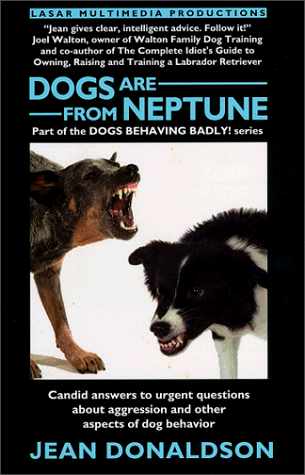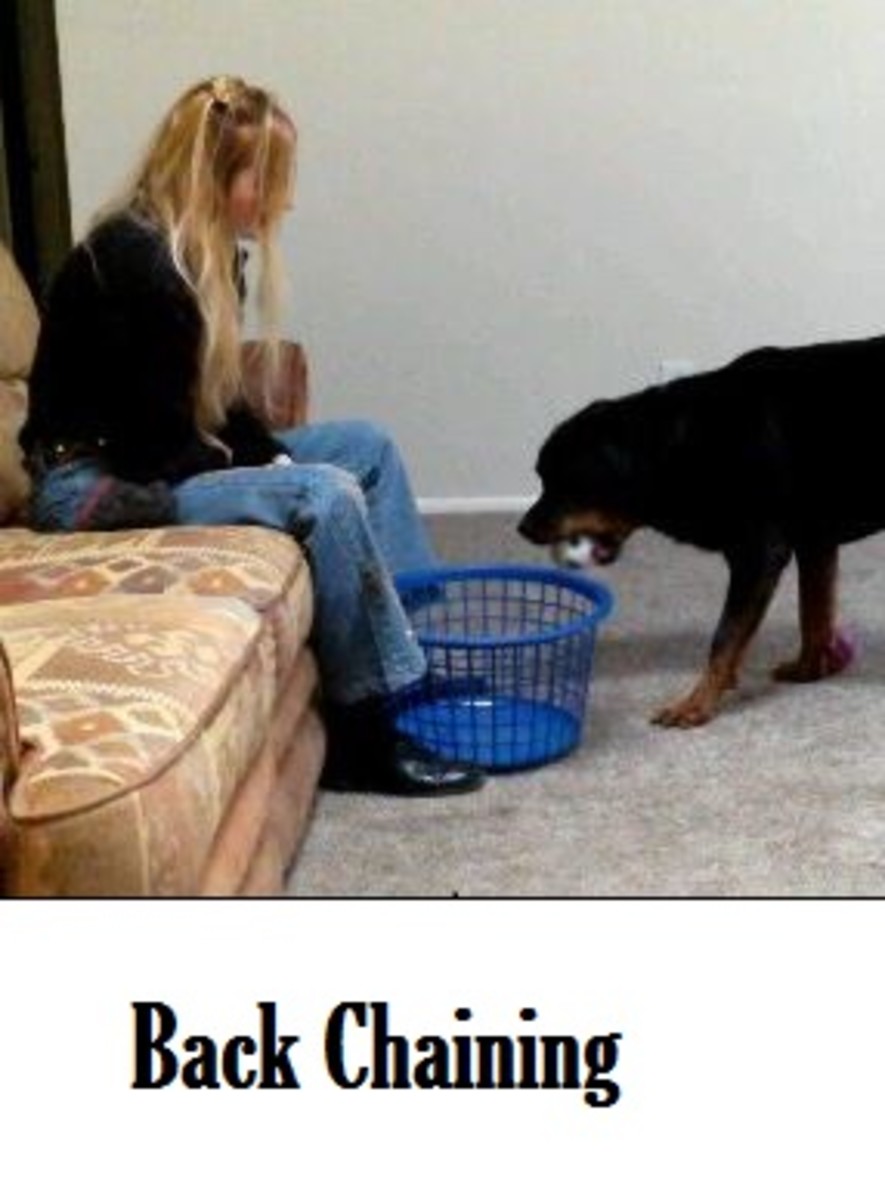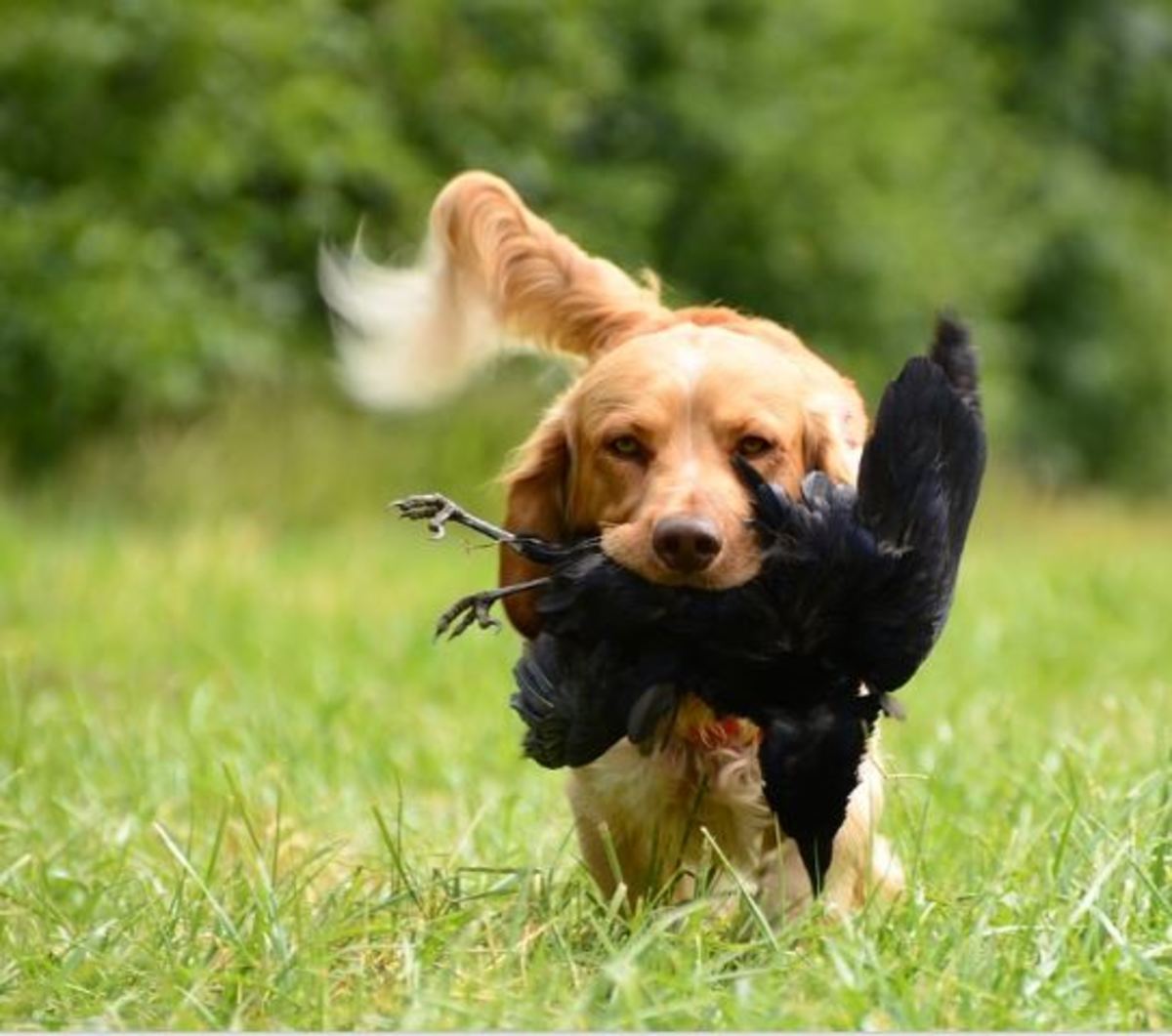Dog Training Book Review: The Culture Clash
Book Review
It's been a while since I have read a dog behavior book, as my free time has been slim lately, so when I started The Culture Clash by Jean Donaldson, which had been sitting on my bookshelf for probably around a year, I was pleasantly surprised.
Donaldson takes dog behaviors and training to a slightly different perspective than many authors of dog behavior books do.
Below, you will find more reasons that I think you should purchase The Culture Clash as well as snippets from the book's text that I found interesting, entertaining, and/or just plain different than the thoughts and opinions of other trainers. And, if you decide that you want to give the book a read, you will also find an Amazon button that will lead you directly to the product page.

Buy The Culture Clash
Culture Clash
Although, it has been a while, the past few dog behavior books that I have read, most of them seem to focus on the pack theory" of dog training, which is sometimes considered a more harsh style of training, Donaldson takes dog training and behaviors from a different perspective.
Because all I have heard recently is that the "pack theory" method of dog training is the best training method mixed (of course mixed with a little positive reinforcement), so having read Donaldson's perspective, I have decided to mix it up a bit and try other methods of training so to be a more effective trainer.
Donaldson was able to point out many flaws with the current perspective of training. For example, when a dog successfully sits once or twice, and on the third time looks at you dumbfounded, it does not mean that the dog is showing his dominance and deserves an alpha roll-over; it simply means that the dog does not truly know the command.
Donaldson mentions great games that help with the innate predatory behaviors that every dog suffers, to some extent. She goes into detail about hide and seek games, retrieving, and tug-of-war. You will learn how to teach your dog how to play the games, why they are important, and what you can do to better improve your dog's performance at the game. (This was probably my favorite part of the book, honestly.)
Another of my favorite sections is the chapter on "Socialization, Fear, and Aggression;" Donaldson goes into the why's of socialization and puppy temperament testing. She even goes over a few exercises to help with dogs who have strong guarding instincts, whether they're guarding their food bowl, a toy, or a bone. This is a chapter any dog owner should check out, as it will provide you with vital information about your dog's innate bite inhibition, as well as vital socialization and dominance exercises.
And, like most dog behavior books, you will learn the author's guide to training and perfecting obedience training and commands, so that your dog is fail proof (nearly so anyway).
There are other great points to The Culture Clash, but if I tell them all, you won't need to buy the book. ;-) I've just pinpointed the basics and some of my favorite parts, so now check out the some of the snippets that I found worth reading (Mind you my copy of the book is tabbed all over with mini post-its.
Snippets from the Book
- The impressive staying power of Walt's fuzzy-wuzzy warmhearted but distorted view of dogs is a perverse measure of how much we like them. We want them to be smart, morally 'good.'
- Whenever there's this desperate grasp of "whywhywhy" a dog does something, rather than being taken by a red herring like "pack theory," first rule out:
- Because it's being reinforced somewhere in the environment.
- Because no one ever made a case to do otherwise (i.e., why NOT?)
- The dominance panacea is so out of proportion that entire schools of training are based on the premise that if you can just exert adequate dominance over the dog, everything else will fall into place.
- When are we going to put to bed once and for all the concept that dogs have a 'desire to please?'
- Behaviors pertaining to food acquisition are, understandable, pretty deeply imbedded. Even hundreds of generations of selective breeding that ignored, stylized, or even actively sought to eliminate predatory behavior in various dog breeds have failed, in the vast majority of individuals, to stop dogs visually tracking, chasing and biting moving objects. Those same hundreds of generations of selective breeding also preserved the strong tendency to from social bonds and the right array of affiliative behavior.
- It's compulsive rather than logical behavior: no matter how plentiful resources are made to appear - continuous kibble in the bowl for instance - the dog's genetic program fires in a particular context so the dog guards.
- A great way to develop outlets for our dog is to come up with stylized games involving behaviors in the search, stalk, chase, grab, and hold sequence.
- There is an important maxim in training: 'control the games, control the dog.'
- The "tug might make him more dominant" argument is extremly lame.
- There is an important distinction to be made: between dogs who inflict egregious damage when they bite - breaking bones, mutilating flesh, putting people in hospital or killing them - and garden-variety biters who inflict no damage or damage equivalent to a minor kitchen injury.
- There are four main kinds of intermittent reinforcement schedules. These are: Fixed Interval (FI), Fixed Ratio (FR), Variable Interval (VI), and Variable Ratio (VR).
- People are terribly mystified by any change in their dog's behavior and go on a lot with the "why? WHY?" as though there should never be any variability whatsoever in this living organism's behavior. Training regressions are a frequent occurrence and no big deal.
Dog Training Books to Consider
Top Ten Things We Know About Real Dogs
- It's all chew toys to them (no concept of artifacts)
- Amoral (no right vs. wrong, only safe vs. dangerous)
- Self-interested (no desire to please)
- Lemon-brains (i.e., small and less convoluted brains that learn through operant and classical conditioning)
- Predators (search, chase, bite, dissect, and chew all strongly wired)
- Highly social (bond strongly and don't cope well with isolation)
- Finite socialization period (fight or flight when not socialized to some social stimulus category)
- Opportunistic scavengers (if it's edible and within reach, eat it NOW)
- Resolve conflicts through ritualized aggression (never write letters to editors, never sue)
- Well-developed olfactory system
Buy Dog Training Books on Amazon
Top ten Non-Compliance Excuses for Undertrained and Undermotivated Dogs
- Dominance play by dog (or it's watered-down version- dog in need of more "leadership")
- Dog spiteful because of some recent event
- Dog stubborn (i.e. disobedience "on principle")
- Dog too excited or distracted;
- Dog tired, bored, or in wrong mood
- Dog overtrained (!) and so bored with responding
- Particular breed-related difficulty
- Dog underexercised
- Dog recently boarded/other disruption in routine
- Life-phase-related difficulty (too young or too old)






